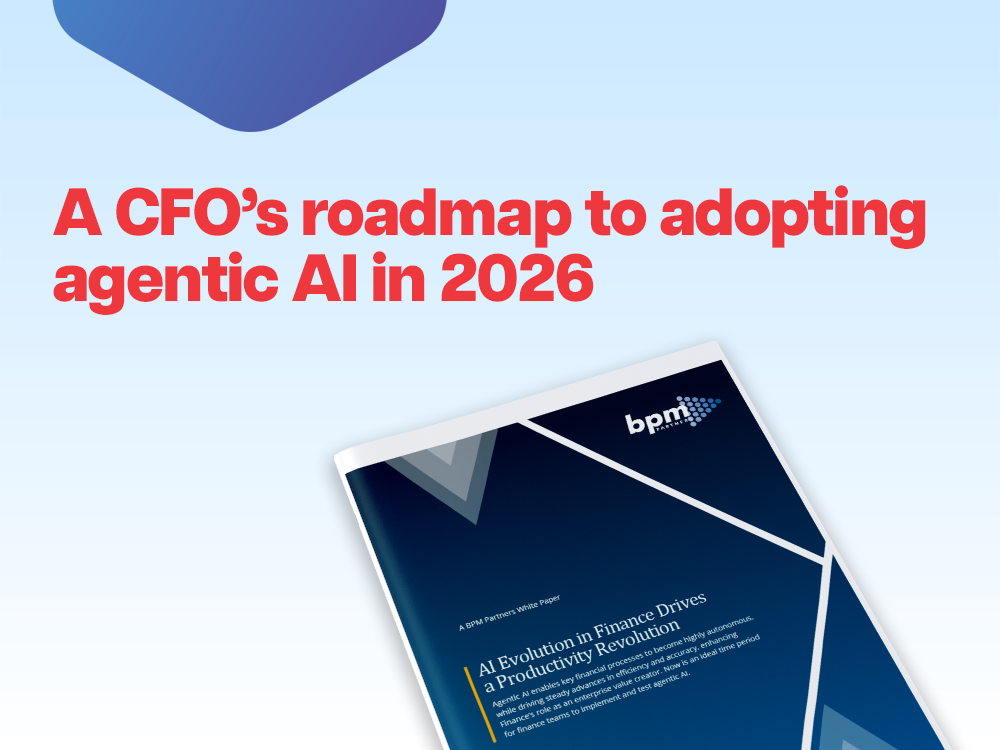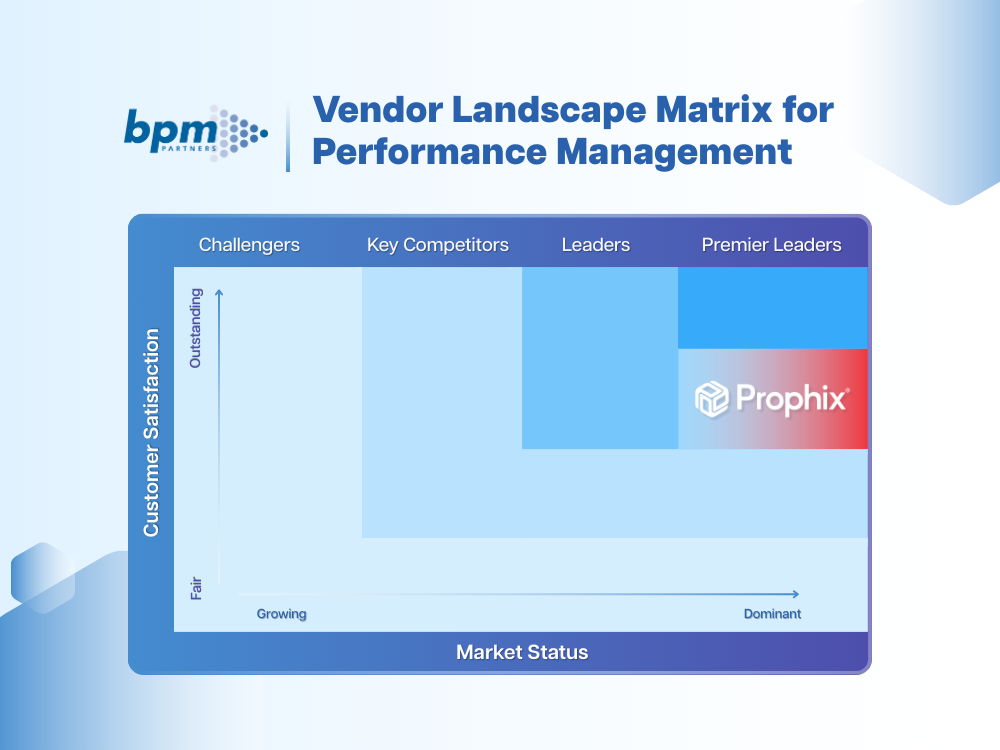Download the BPM Partners Whitepaper
2024 retrospective: Top 4 challenges for the C-suite
Let’s look back at the top 4 challenges that leaders had to contend with in 2024 – many of which remain top of mind as we look towards the new year.
December 17, 2024C-suite leaders, by nature, tend to be the types of people that don’t dwell on the past for too long – and I’m no exception. I prefer to be forward-thinking – focusing on what the next big goal is that we can work towards achieving. However, just as you need historical data to create a forward-looking plan, leaders can’t plan for the future without considering the challenges they’ve overcome to get there.
With this in mind, let’s look back at the top 4 challenges that leaders had to contend with in 2024 – many of which remain top of mind as we look towards the new year.
1. Balancing employee expectations and corporate goals
For several years, and certainly since the end of the global pandemic, organizational leaders have been grappling with the realities of a new work environment and its impact on productivity, corporate culture, security, and accountability.
2024 saw more business leaders grapple with their in-office and remote work policies, while more employees weighed the benefits of more stable traditional employment versus the flexibility offered by the gig economy.
Every organization is currently finding its own appropriate balance between traditional and more gig-oriented work. The modern workforce prefers and expects to have diverse options. Companies that successfully integrate a dual approach will be better positioned to attract and retain the broadest spectrum of talent. As we look into the new year, this will require a shift in mindset away from traditional employment models to embrace more fluid and flexible working arrangements while holding onto the security and benefits that come with stable, full-time positions. The result should be a more dynamic, responsive, and inclusive work environment that meets the needs of employees and businesses.
2. Finding and keeping the best people
Before leadership can create an inclusive work environment, they first need to hire and keep talented employees – a challenge at any time, but one particularly more pronounced in the last several years.
Once again, finding success in hiring and developing talent requires a mindset shift for traditional leadership, including more candid transparency in terms of what their organizations are and aren’t during the hiring process. Often leaders want to claim flexibility, even if they can’t truly offer it to the degree it’s expected. But consistent, radical transparency from the outset is attractive to talent, boosts morale and increases productivity.
Hiring trends are unlikely to change significantly in the coming year and, with companies tightening budgets across the board, it’s in the best interest of hiring organizations to move their focus away from cash compensation and towards learning and professional development, particularly as AI learning opportunities continue to emerge.
And speaking of AI...
3. Recognizing AI as both an opportunity and a threat
Clearly, we’ve lived through an entire hype cycle and back when it comes to artificial intelligence. In 2024 alone, it seemed as if sentiment evolved from ‘this will change everything, and no one is going to have a job anymore’ to ‘it’s not a big deal.’ That’s a real risk for business leaders who are potentially shrugging off AI in the immediate.
Looking ahead – AI will be fundamentally disruptive to every single person in the world. Every business leader should be digging in and doubling down to understand how every individual in the organization can think about AI and start using it from a productivity perspective. And then most importantly, they need to consider how it’s going to impact their customers and whether the business is disruption-proofed against what your end customer will do with AI.

4. Fortifying for long-term success
Having prepared for a potential recession, the economic impacts of a host of geopolitical crises, and inflationary concerns in 2024, senior leaders should be fairly resigned to the idea that we will have a more complicated, and sometimes chaotic, business environment for the near future. Even in this past year, economic tailwinds helped steer many organizations towards profitability, often in spite of themselves and their markets. It’s likely businesses will have a more difficult time sustaining that success in the next 5-10 years and that corporate leaders will quickly reach a pivotal point: those that have done well because the conditions have made it nearly impossible to fail, and those that have put in the work to structure their businesses for long-term success.
To help ensure that they aren’t left behind, I recommend my fellow organizational leaders:
Embrace higher quality data
Even today, it’s shocking to me that the quality of data within organizations still tends to be poor. That leads to poor instrumentation, a lack of understanding of the actual mechanical drivers of a business, and an inability to make really crisp, sharp, timely decisions. As conditions get tougher, quality data is going to be what sets an organization apart from the rest.
Think critically about organizational talent and communication
Again, with a more difficult road ahead for businesses, it's even more important that people and skill sets are aligned to help you achieve your business goals. Employees need to be in harmony with the data in the organization, enabling the use of more advanced tools to extract insight, drive decision-making and help the business grow.
Unplug – it will help you and your organization
This is a very difficult suggestion for business leaders to embrace, but finding an opportunity to unplug is absolutely critical for personal health and, ultimately, the condition of your organization. We are being bombarded with content on an almost constant basis – often consuming information from the moment we wake up to the moment we go to bed. Part of my resolution for 2025 is really ensuring that I carve out time to think about my business, my family, my health, and to make real connections. I am certain that these extra moments of mindfulness make me a better leader and a better person.
With 2024 behind us, let’s look ahead
So... enough looking at the past! Yes, 2024 presented plenty to keep organizational leaders up at night and, frankly, 2025 is sure to have its own unique challenges. The good news is that there are remarkably talented and inspiring people, next-gen finance solutions, and a seemingly endless supply of case studies and other resources to help steer organizations through the murkiest waters. My recommendation to fellow leaders is to not just think big in 2025...think even bigger. You’ll be amazed at what is possible.
Insights for next-gen finance leaders
Stay ahead with actionable finance strategies, tips, news, and trends.





